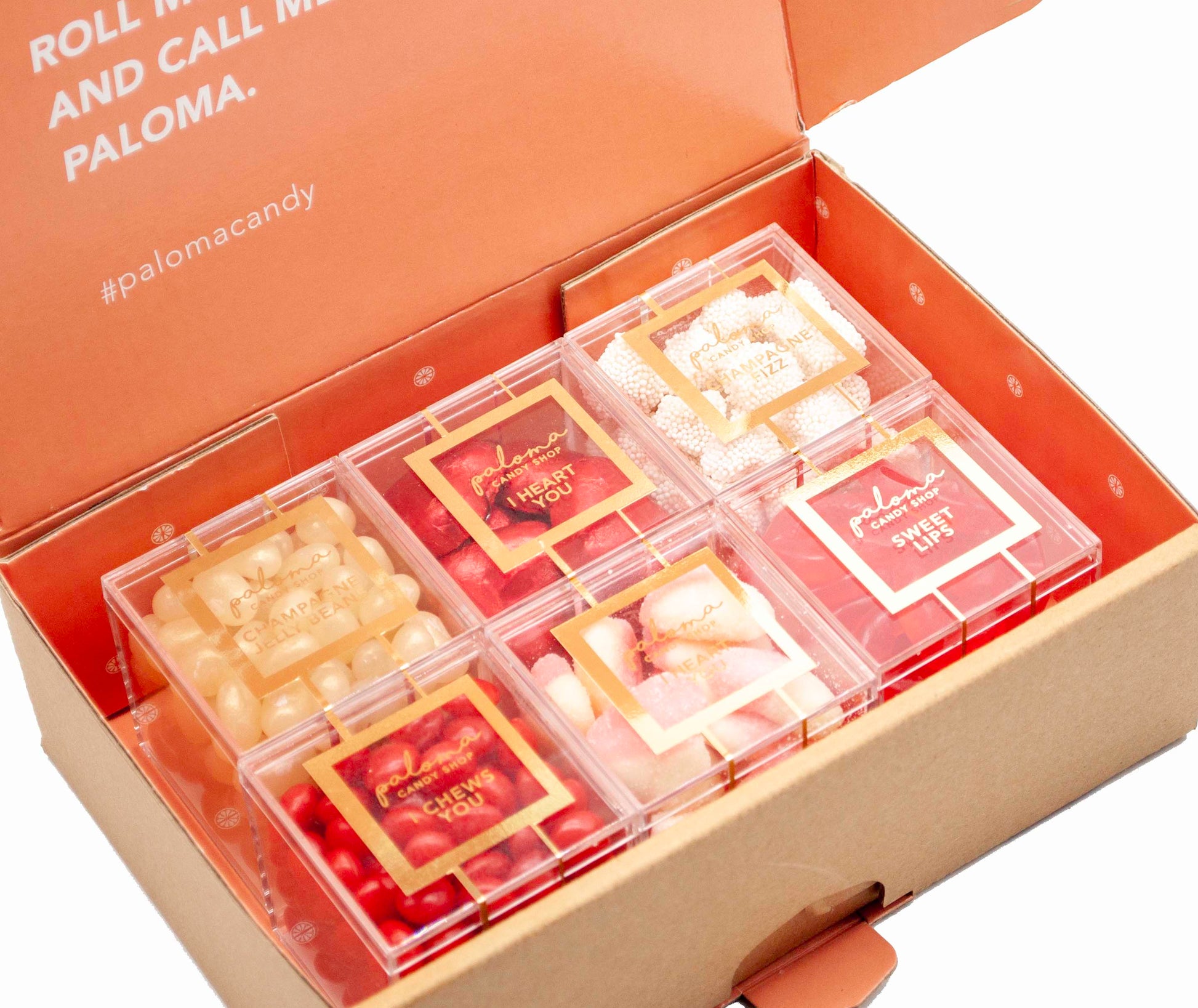The Ultimate Guide To I Luv Candi
The Ultimate Guide To I Luv Candi
Blog Article
The Ultimate Guide To I Luv Candi
Table of ContentsIndicators on I Luv Candi You Need To KnowWhat Does I Luv Candi Mean?Unknown Facts About I Luv CandiUnknown Facts About I Luv CandiI Luv Candi Things To Know Before You Buy
You can also estimate your very own income by using different assumptions with our monetary strategy for a sweet-shop. Ordinary monthly income: $2,000 This kind of sweet store is usually a small, family-run company, maybe known to residents however not bring in lots of tourists or passersby. The shop could supply a selection of common candies and a couple of homemade deals with.
The shop does not commonly lug unusual or costly products, concentrating instead on affordable treats in order to maintain regular sales. Assuming an average costs of $5 per client and around 400 clients monthly, the regular monthly income for this sweet shop would be roughly. Typical regular monthly earnings: $20,000 This sweet-shop take advantage of its critical location in a busy urban location, drawing in a big number of clients seeking pleasant indulgences as they shop.

Along with its varied candy option, this store could also market relevant products like present baskets, sweet bouquets, and uniqueness items, giving multiple profits streams. The shop's location requires a higher spending plan for rent and staffing however leads to greater sales volume. With an approximated ordinary spending of $10 per customer and concerning 2,000 clients monthly, this shop could generate.
Some Known Questions About I Luv Candi.
Located in a major city and visitor location, it's a huge facility, typically spread out over several floors and potentially part of a national or global chain. The shop supplies a tremendous selection of candies, consisting of exclusive and limited-edition things, and goods like branded clothing and devices. It's not simply a store; it's a destination.
The operational prices for this type of shop are considerable due to the place, size, personnel, and features supplied. Presuming an ordinary acquisition of $20 per client and around 2,500 consumers per month, this flagship shop could achieve.
Group Examples of Costs Average Regular Monthly Expense (Range in $) Tips to Minimize Expenses Lease and Utilities Shop rental fee, electrical energy, water, gas $1,500 - $3,500 Consider a smaller area, negotiate lease, and make use of energy-efficient illumination and appliances. Inventory Sweet, snacks, product packaging materials $2,000 - $5,000 Optimize supply monitoring to decrease waste and track preferred products to stay clear of overstocking.
How I Luv Candi can Save You Time, Stress, and Money.
Marketing and Advertising Printed matter, online advertisements, promos $500 - $1,500 Emphasis on economical electronic advertising and use social media sites systems free of charge promo. Insurance Business obligation insurance coverage $100 - $300 Search for competitive insurance policy prices and think about packing plans. Devices and Maintenance Cash signs up, show racks, repair work $200 - $600 Buy previously owned equipment when feasible and carry out regular upkeep to prolong equipment life-span.

This suggests that the sweet store has reached a point where it covers all its repaired costs and starts generating income, we call it the breakeven point. Think about an example of a sweet-shop where the month-to-month set prices typically total up to about $10,000. A harsh quote for the breakeven factor of a sweet store, would then be about (because it's the overall fixed cost to cover), or selling in between with a rate series of $2 to $3.33 per unit.
I Luv Candi Fundamentals Explained
A huge, well-located candy store would clearly have a higher breakeven point than a tiny shop that doesn't need much earnings to cover their expenses. Curious regarding the productivity of your candy store?
An additional threat is competition from various other candy shops or bigger retailers who may use a broader variety of products at lower costs (https://gcc.gl/l6vie). Seasonal fluctuations in demand, like a decrease in sales after holidays, can also impact productivity. Additionally, changing consumer choices for much healthier snacks or dietary restrictions can decrease the appeal of traditional sweets
Financial slumps that decrease customer costs can affect sweet shop sales and earnings, making it essential for sweet stores to handle their costs and adjust to altering market problems to remain rewarding. These threats are usually consisted of in the SWOT evaluation for a sweet-shop. Gross margins and web margins are essential signs used to assess the success of a candy shop business.
The smart Trick of I Luv Candi That Nobody is Talking About
Essentially, it's the earnings remaining after subtracting prices directly pertaining to the candy inventory, such as purchase expenses from distributors, production expenses (if the sweets are homemade), and staff salaries for those entailed in manufacturing or sales. https://zzb.bz/eJ2Et. Net margin, on the other hand, consider all the expenditures the sweet store sustains, consisting of indirect costs like management expenditures, marketing, rent, and tax obligations
Candy stores typically have a typical gross margin.For circumstances, if your sweet shop gains $15,000 per month, your gross earnings would certainly be roughly 60% x $15,000 = $9,000. Consider a candy store that sold YOURURL.com 1,000 sweet bars, with each bar valued at $2, making the complete earnings $2,000.
Report this page